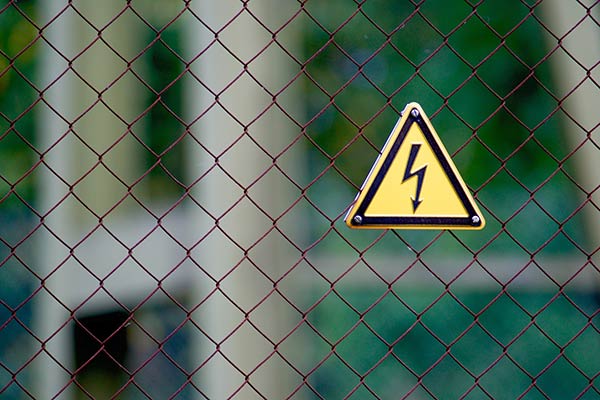 Electrostatic discharge (ESD) is a major profit killer in the electronics industry. Businesses that store, handle, manufacture, or otherwise interact with electronic products on a regular basis run the risk of damaging them when an ESD event occurs. Just the tiniest of ESD shocks — so small that the human nervous system cannot detect it — can be enough to cause harm or completely destroy exposed or under-insulated circuit boards when they are handled by employees.
Electrostatic discharge (ESD) is a major profit killer in the electronics industry. Businesses that store, handle, manufacture, or otherwise interact with electronic products on a regular basis run the risk of damaging them when an ESD event occurs. Just the tiniest of ESD shocks — so small that the human nervous system cannot detect it — can be enough to cause harm or completely destroy exposed or under-insulated circuit boards when they are handled by employees.
To combat this danger and plug up a major source of leaking revenue, electronics companies and companies that interact with microchip-enabled consumer products must find ways to prevent ESD events from happening. One of the most comprehensive methods for reducing or eliminating ESDs is by using electrostatic dissipative flooring.
In order to better understand ESD and electrostatic dissipative flooring we've answered several of our most frequently-asked questions:
What Exactly is an ESD, and Why Does It Happen?
Electrostatic discharges occur because of charge differentials. Basically, the human body and many other objects carry electrostatic charges on them on a regular basis. When something with a high level of charge, like a human hand, touches something with a lower level of charge, like a balloon, the difference is corrected suddenly in the form of voltage “jumping” from the high level entity to the low-level one. Anytime you see a tiny spark, feel a shock, or hear that popping sound, you know an ESD has occurred.
Why Are ESDs Dangerous to Electronics?
As you can imagine, an electric shock is enough to “fry” anything if there are enough volts behind it. Circuitry is especially susceptible because there are so many tiny parts for the electrical arc to travel through. Instead of a slight burn, you have thousands of tiny components that can become damaged.
In the past, the larger microchips and integrated circuit boards could handle minor shocks because there was enough grounding material to absorb them. Now, we have unimaginably tiny microprocessors packed with circuitry, so even a tiny static charge can be enough to wreak havoc throughout the entire chip. To make things worse, more devices than ever utilize these chips which increases the risk and balloons its scope to many industries.
How Does Electrostatic Dissipative Flooring Help?
There are two main methods for reducing the risk of ESD:
- Conductive materials that purposefully channel static charges and funnel them into a grounding material
- Dissipative materials that spread the shock across a wide amount of mass so as to reduce its charge potential
One of the most common applications of the dissipative technique is seen upon finished commercial facility flooring. Normal finishing materials like polyurethane can quite easily produce a charge differential as people walk across them, while special ESD dissipative floor coatings not only reduce the ability for a floor coating to create an ESD, but may help reduce the risk of ESDs in an environment overall. When combined with a system that includes ESD footwear and other measures, an electrostatic dissipative floor system can form a comprehensive defense against ESD events, saving companies money.
Electrostatic Dissipative Flooring Installation
We here at CPC Floor Coatings can help evaluate your facility’s needs and provide you with guidance for installing an ESD resistant flooring system. Give us a call at (864) 855-0600 or contact us online today to get started!

